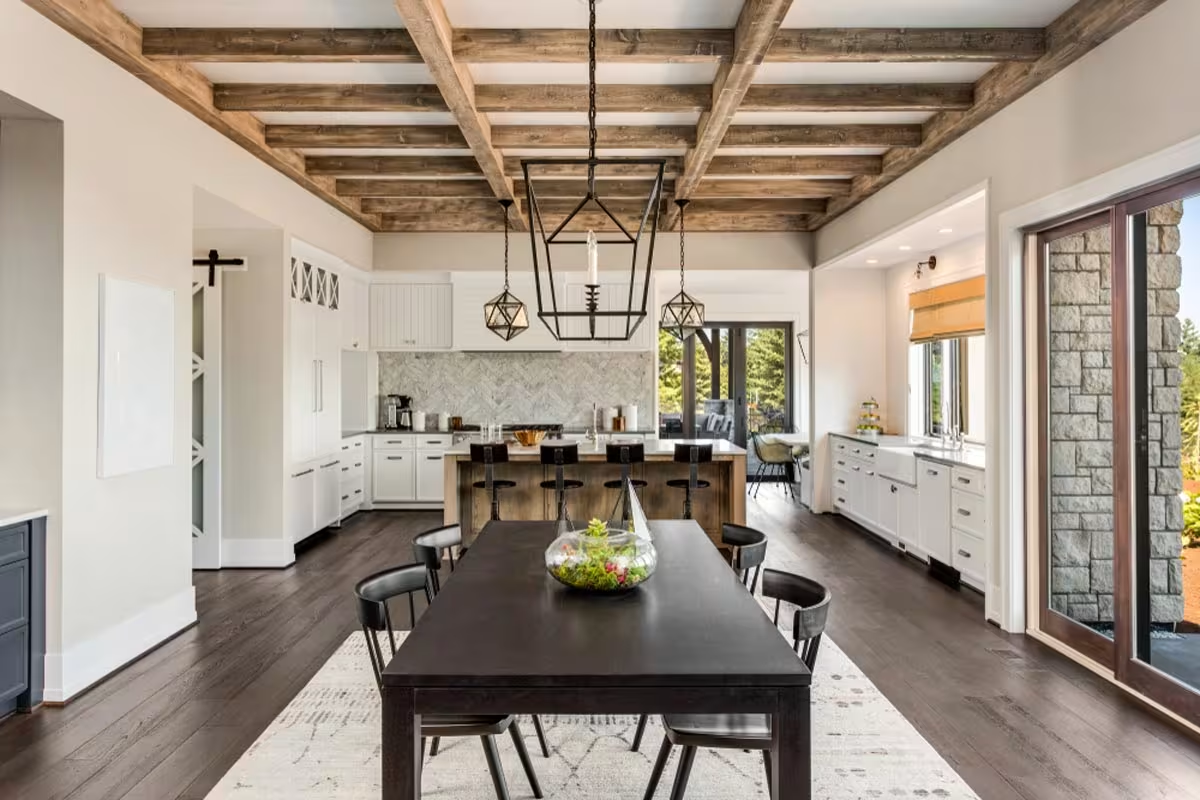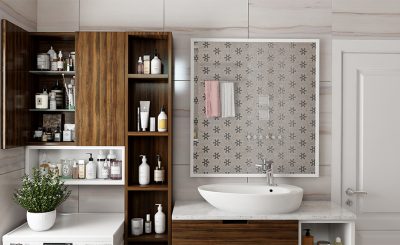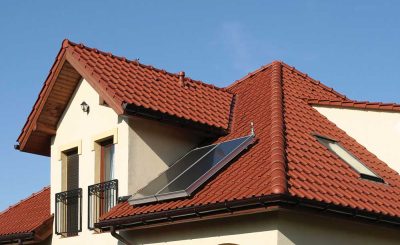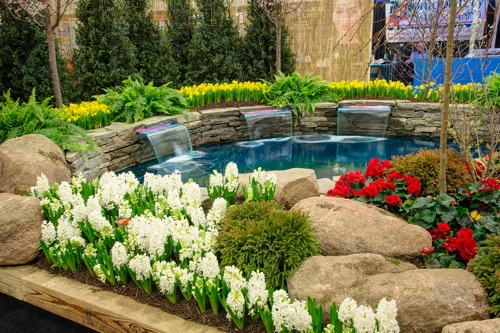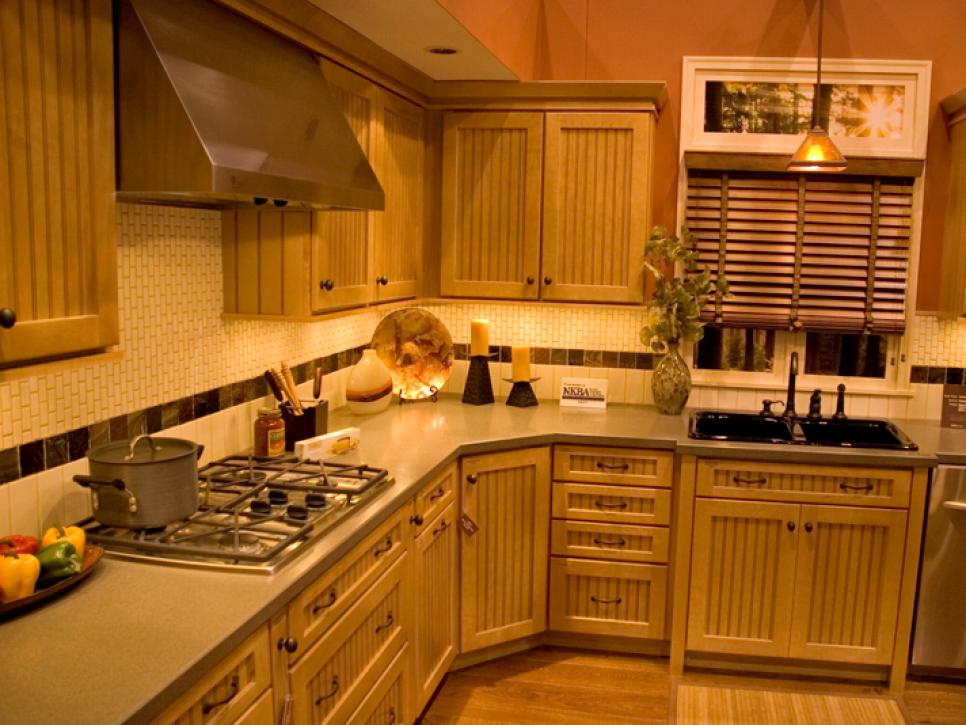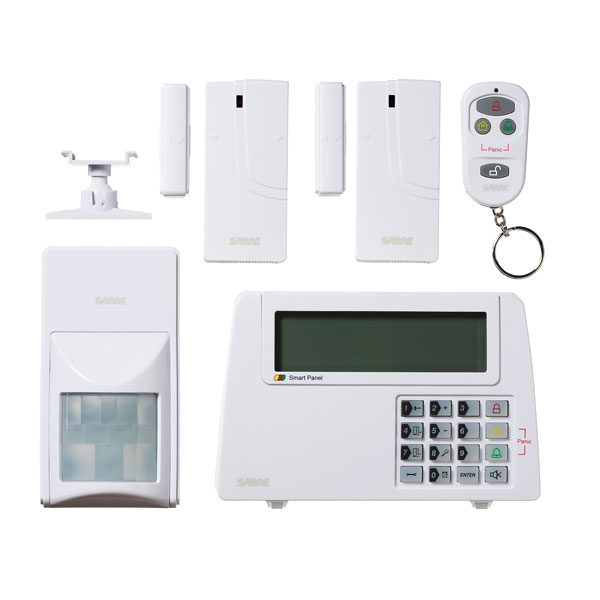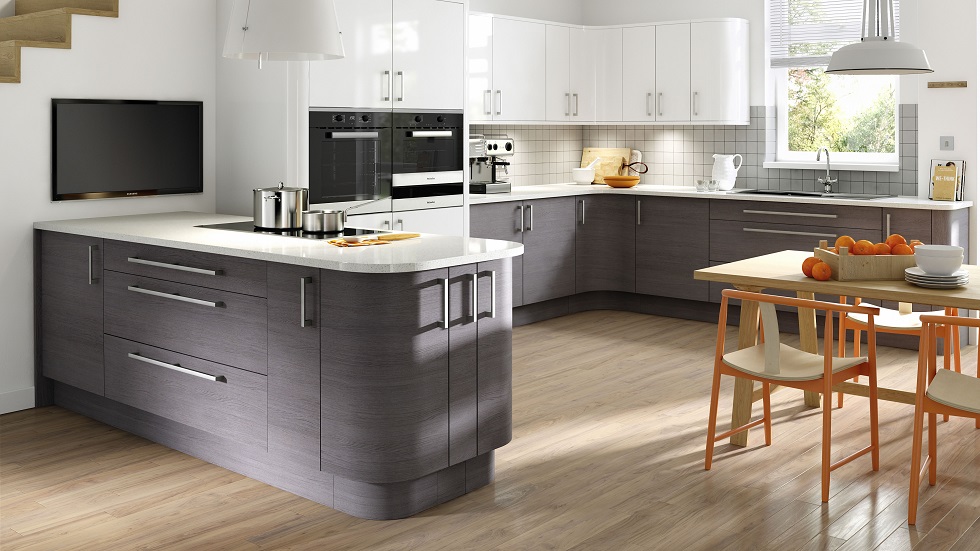Is your home truly as smart as it could be?
In today’s world, a smart home isn’t just a trendy addition—it’s quickly becoming the norm for comfort, energy efficiency, and security.
From voice-controlled lighting to energy-monitoring appliances, integrating the latest smart home technology can transform your living experience and improve your daily routine.
This guide will walk you through the benefits of a connected home, the latest in smart tech, and practical tips for making your home not only smarter but more efficient and secure.
Why Upgrade Your Home with Smart Technology?
Before diving into specific smart home technologies, let’s look at why you might consider these upgrades. Integrating smart tech can improve your home’s functionality, allowing you to control various devices from one central app, lower energy bills through efficient power management, and boost security with real-time monitoring features.
Plus, the convenience factor means less hassle for everyday tasks, creating a living environment tailored precisely to your preferences.
Key Benefits of a Smart Home
Upgrading your home with smart technology offers various benefits, including:
- Energy Savings: Smart thermostats, lights, and appliances help reduce energy usage.
- Enhanced Security: Cameras, alarms, and door locks can be monitored remotely, enhancing home security.
- Convenience: Control devices with your smartphone or voice, creating a more streamlined lifestyle.
- Improved Comfort: Automate heating, lighting, and entertainment systems to match your mood and schedule.
Latest Smart Home Tech to Integrate for Efficiency
1. Smart Thermostats
A smart thermostat is one of the most efficient and cost-effective upgrades for any home. Not only does it allow you to control your home’s temperature remotely, but many of the latest models also learn your routines and adjust accordingly, saving energy without sacrificing comfort.
- Features: Remote temperature control, scheduling, adaptive learning.
- Popular Options: Google Nest, Ecobee, and Honeywell Home.
2. Smart Security Systems
Security is essential for any home, and the latest smart security systems make it easy to monitor your property from anywhere. These systems often include cameras, motion detectors, and smart locks, providing a comprehensive way to protect your home.
- Features: Real-time alerts, video monitoring, and remote control.
- Popular Brands: Ring, Arlo, and SimpliSafe.
Adding such systems can be like hitting the slot jackpot in terms of convenience and peace of mind, keeping your home safe even when you’re away.
3. Smart Appliances for Every Room
From refrigerators to washing machines, today’s smart appliances are designed to make household chores easier and more efficient. For example, a smart refrigerator can remind you when groceries are running low, while a smart washing machine can send you notifications when a load is complete.
- Advantages: Improves efficiency, provides real-time updates, and supports remote operation.
- Examples: Samsung Family Hub Refrigerator, LG ThinQ Washing Machines.
How to Build a Seamless, Connected Smart Home System
Integrating various smart devices can sometimes feel overwhelming. Here are steps to create a seamlessly connected environment:
Step 1: Select a Smart Hub or Ecosystem
A smart hub allows all your devices to work together, even if they’re from different brands. Smart hubs like Samsung SmartThings, Amazon Echo, or Google Nest Hub centralize control, making it easier to manage everything.
Step 2: Check Device Compatibility
Make sure the devices you choose can work with your preferred smart assistant or hub. Most products now support Alexa, Google Assistant, or Siri, but double-checking avoids compatibility issues.
Step 3: Start Small and Expand
Building a smart home doesn’t need to happen overnight. Start with a couple of core devices, like a smart thermostat or lighting system, and gradually expand. This approach lets you test each addition and adapt to the technology as you go.
Smart Home Automation Ideas for Efficiency
- Morning Routine: Program your coffee machine to start brewing as soon as you wake up, and have your lights gradually brighten to ease you into the day.
- Energy Monitoring: Use smart plugs to track energy consumption. You can set high-energy devices, like heaters or air conditioners, to only turn on during off-peak hours to save on electricity.
- Home Security Routine: Set your lights and security system to a routine schedule when you’re out, creating the impression that someone is always home.
Integrating this small automation throughout your day can make a huge difference in terms of convenience and efficiency.
The Future of Smart Homes: What’s Next?
Smart home technology continues to evolve, with innovations on the horizon. From predictive automation, where systems anticipate your needs, to AI-driven systems that personalize experiences down to every detail, the future of smart homes is exciting. Moreover, the integration of slot gacor technology—adaptable systems that efficiently manage power and optimize energy use—is paving the way for even more sustainable homes.
Conclusion
Smart home technology offers an accessible, user-friendly way to enhance comfort, safety, and efficiency in daily life. Whether you’re looking to make your home more energy-efficient or want the convenience of voice-activated control, integrating the latest devices can transform your space into a truly connected environment. With so many devices and innovations, upgrading your home has never been easier—or more rewarding.




